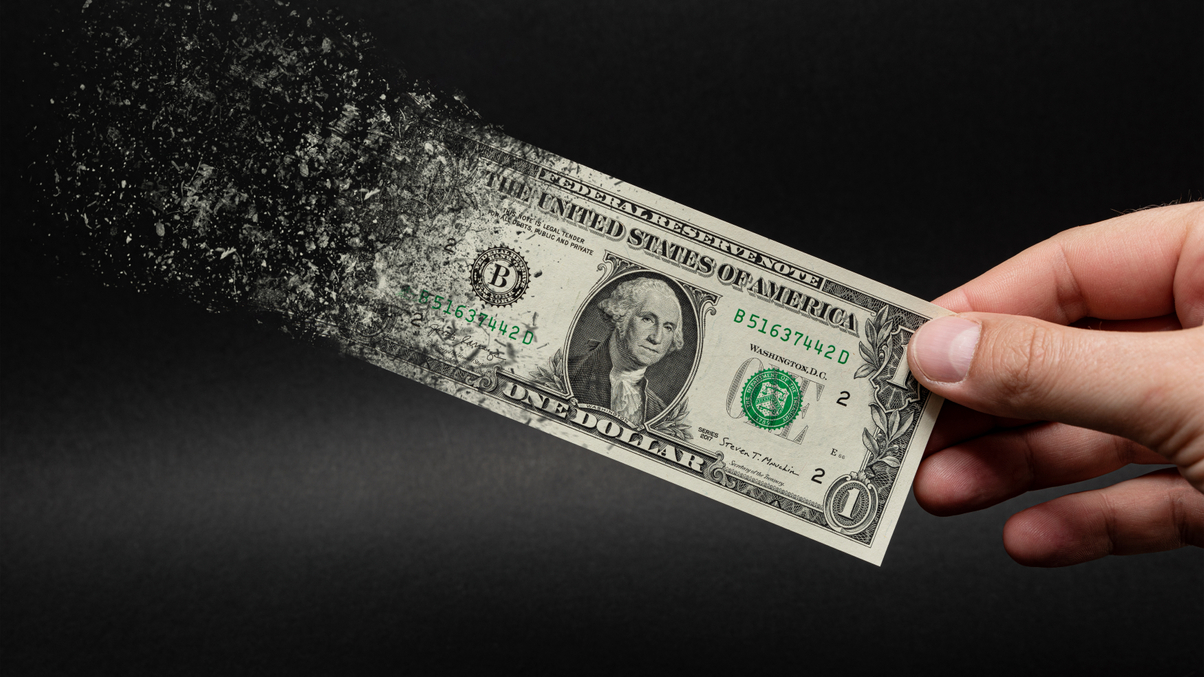Market Views: Which assets will perform under stagflation?
Inflation or stagflation? Rising prices have sent worries across the market. Investors want to be fully geared with the right assets in the portfolio.

Some topics we thought were so last century are back in the news. Market observers are discussing the prospect of stagflation - defined as persistently high inflation, high unemployment and stagnant demand, all at the same time - which dogged markets in the 1970s.
Sign in to read on!
Registered users get 2 free articles in 30 days.
Subscribers have full unlimited access to AsianInvestor
Not signed up? New users get 2 free articles per month, plus a 7-day unlimited free trial.
¬ Haymarket Media Limited. All rights reserved.


